Introduction to Cast Iron Induction Furnaces
Induction furnaces, particularly the 100kg cast iron induction furnace, represent a pivotal category in metalworking industries. These furnaces are engineered for the efficient melting of metals, leveraging electromagnetic induction to generate the required heat. The 100kg capacity specifically caters to moderate-scale melting needs, balancing throughput with energy efficiency.
Types and Applications
The industrial melting furnace comes in various configurations to suit different operational requirements. Open and enclosed furnace designs are common, each serving distinct melting processes. The versatility of a medium frequency induction furnace extends to its applications, from metal recycling to the creation of new metal alloys, serving industries ranging from automotive to jewelry making.
Technical Features and Materials
A 100kg induction melting furnace is typically constructed from robust materials capable of withstanding high temperatures and the rigors of industrial environments. The melting pot, often made of refractory materials, is designed to handle temperatures up to 2,100 degrees Celsius, sufficient for melting a variety of metals such as iron, copper, and precious metals.
Operational Advantages
The operational efficiency of a steel melting induction furnace lies in its melting speed and energy consumption. With the capability to melt metals within 40 to 60 minutes, these furnaces are optimized for productivity. Additionally, features like tilting mechanisms, which can angle up to 95 degrees, facilitate the safe and complete transfer of molten metal.
Safety and Control Systems
Safety is paramount in the design of a scrap melting furnace. Equipped with insulated large capacitor banks and integrated circuit breakers, these furnaces ensure a stable current flow and automatic shutdown in case of faults. The inclusion of a PLC system enhances the operational control, allowing for precise management of the melting process.
Cooling and Heat Management
Effective heat management is critical, and the metal melting electric furnace incorporates water-cooling systems to manage the high temperatures generated during the melting process. This not only extends the life of the furnace components but also ensures the safety of the operation.


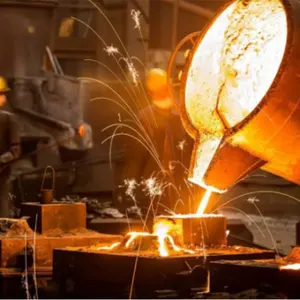





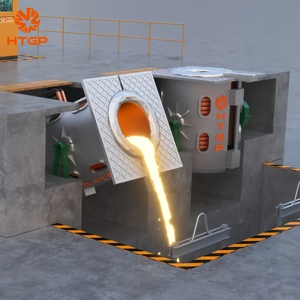

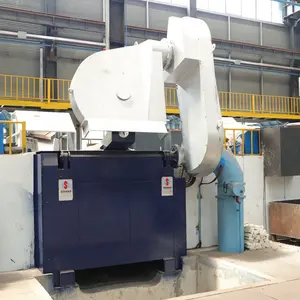







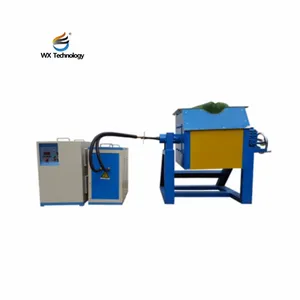
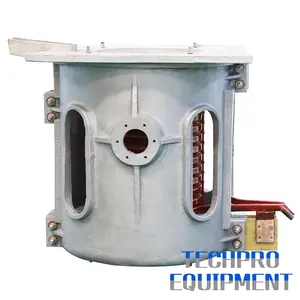

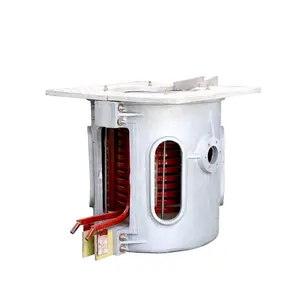

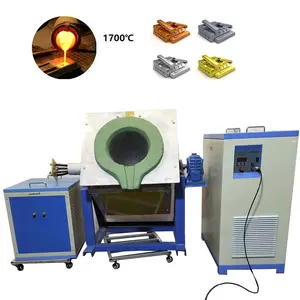
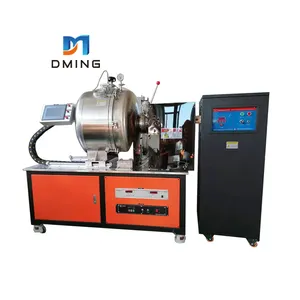




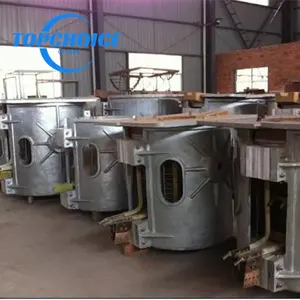

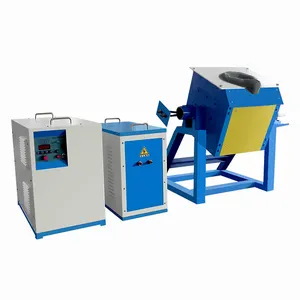
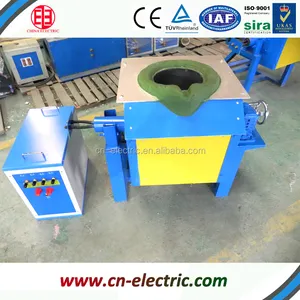

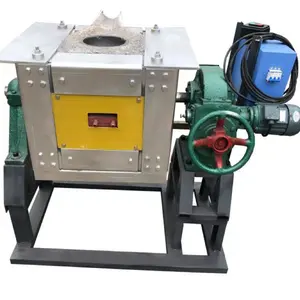




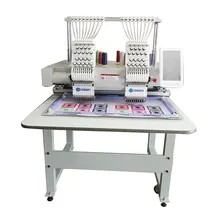



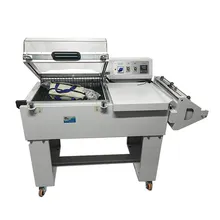
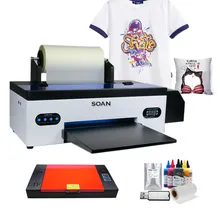


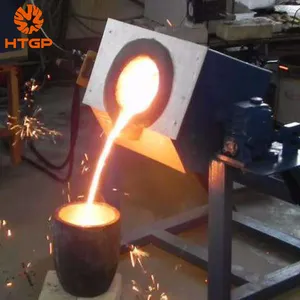




























 浙公网安备 33010002000092号
浙公网安备 33010002000092号 浙B2-20120091-4
浙B2-20120091-4